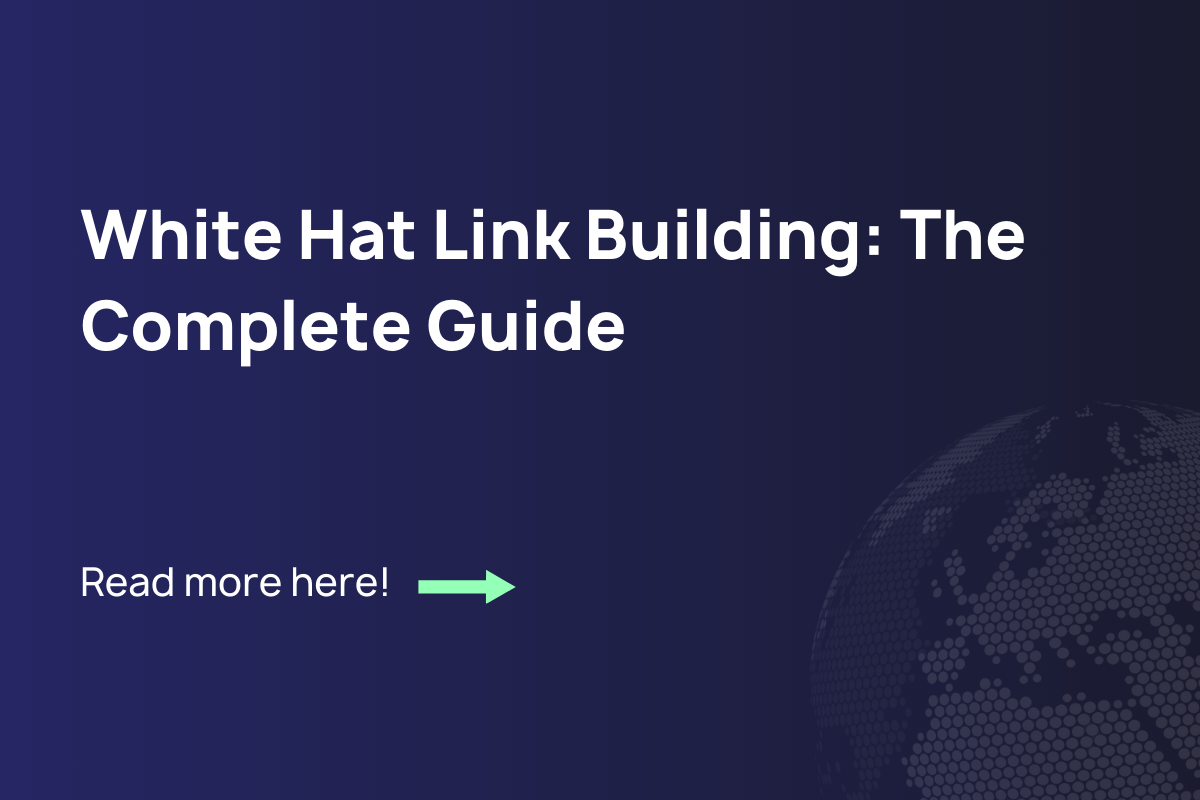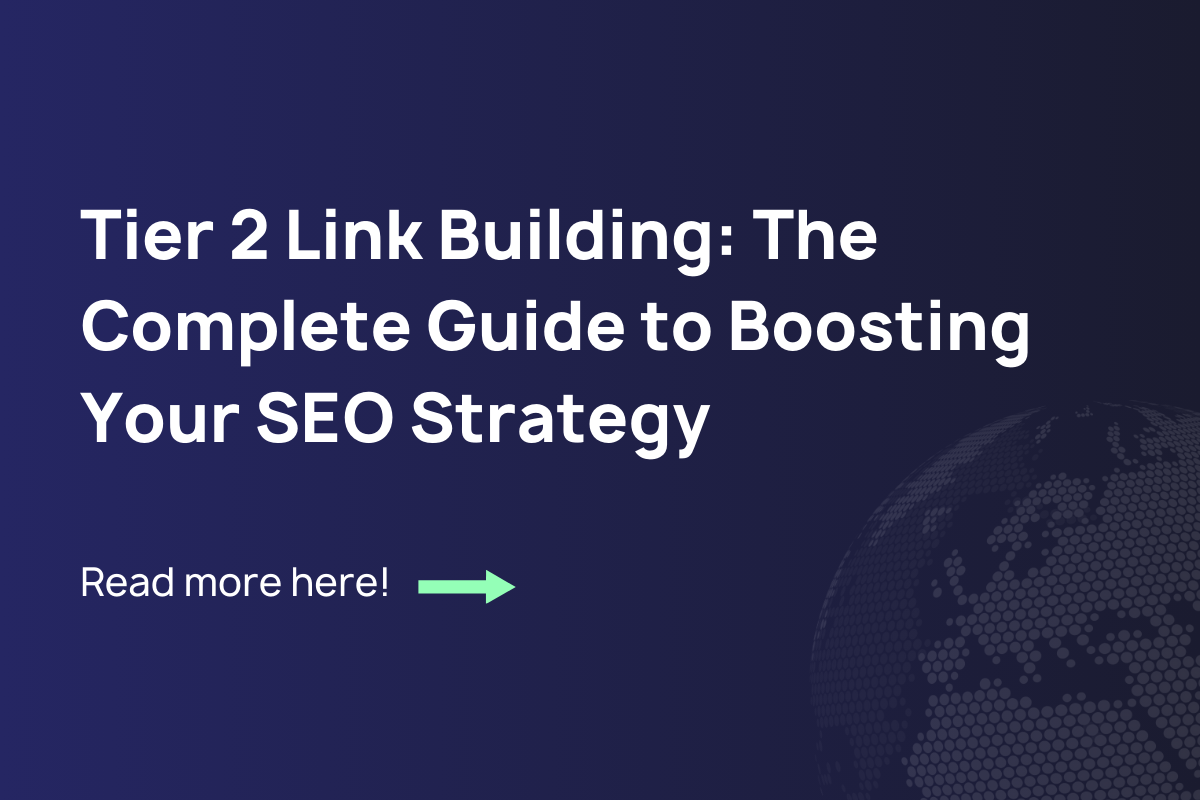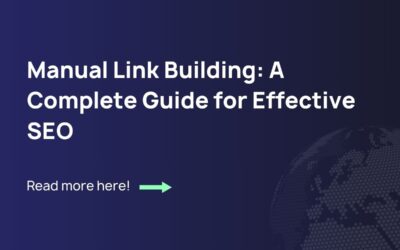Few questions persist as stubbornly as this one: do backlinks really help SEO? It’s a fair question, especially as Google’s algorithms become increasingly sophisticated. As someone who’s spent years building links for multinational brands, I can tell you that the answer isn’t just a simple yes or no – it’s a qualified “absolutely, but with nuance.”
What Are Backlinks and How Do They Impact SEO?
Backlinks are simply links from other websites that point to your site. Think of them as digital votes of confidence. When Site A links to your page, they’re essentially telling search engines, “Hey, this content is valuable enough that I’m willing to send my visitors there.”
But not all votes are created equal. A link from a respected news site carries more weight than one from a newly created blog with no authority. This voting system forms the foundation of Google’s original PageRank algorithm – the innovation that helped Google dominate the search landscape in the first place.
The impact of backlinks on SEO works through several mechanisms:
- Authority transfer – When authoritative sites link to you, they pass some of their trust and authority to your domain
- Relevance signals – Topically relevant links help search engines understand what your site is about
- Discovery paths – Backlinks help search engines find and index your content faster
- Ranking signals – They serve as independent verification that your content deserves to rank
I once worked with an e-commerce client who was struggling to rank for competitive terms despite having excellent content. After implementing a strategic backlink campaign focused on quality rather than quantity, their organic traffic increased by 137% in just four months. The content hadn’t changed – only the backlink profile had improved.
Do Backlinks Really Help SEO? The Evidence
If you’re skeptical about whether backlinks still matter, I don’t blame you. The SEO industry is full of contradictory information. Let’s look at what Google itself says, then examine the data.
Google’s representatives have made seemingly contradictory statements over the years. John Mueller has occasionally downplayed backlinks, while Google’s official documentation still lists links as one of the top ranking factors. This mixed messaging creates confusion.
But what does the actual research tell us? Multiple large-scale correlation studies consistently show the same thing: pages ranking in the top positions almost always have more high-quality backlinks than lower-ranking pages for the same keywords.
A 2023 study by Ahrefs analyzed over 900 million pages and found that the number of referring domains (unique websites linking to a page) had a strong positive correlation with rankings. Similarly, Backlinko’s analysis of 11.8 million Google search results found that the #1 result in Google has an average of 3.8x more backlinks than positions #2-#10.
My own client data reflects this reality. Here’s a real example:
- Client A: 47 high-quality, relevant backlinks → Ranks #2 for primary keyword
- Client B: Similar content, only 8 backlinks → Ranks #11 for same keyword
- After building 30+ additional quality links for Client B → Moved to position #4
The pattern is consistent across industries. While correlation doesn’t prove causation, when combined with Google’s historical emphasis on links and practitioners’ experiences, the evidence strongly suggests backlinks remain a powerful ranking factor.
How Much Do Backlinks Help SEO in 2025?
The question isn’t really if backlinks help SEO, but rather how much they matter relative to other factors in today’s algorithm. The truth is that their importance has evolved but not diminished.
In 2025, backlinks function more as a differentiator than a foundation. Let me explain: content quality, user experience, and relevance form the foundation – without these, no amount of backlinks will save you. But among pages that already satisfy these criteria, backlink profiles often determine who ranks highest.
The weight of backlinks varies by:
- Query type – Backlinks matter more for informational queries than navigational ones
- Industry competition – In highly competitive niches, backlinks often make the difference
- Content freshness – Newer topics rely less on backlinks initially but more over time
- SERP features – Some search features like featured snippets may prioritize content structure over backlinks
I recently analyzed a SERP where the #3 ranking page had fewer backlinks than the #7 result, which seemed to contradict the general pattern. Digging deeper, I discovered the higher-ranking page had fewer links but from much more relevant and authoritative sources. This perfectly illustrates how backlink quality has overtaken quantity in importance.
Google has become remarkably good at identifying manipulative link building. Their sophisticated evaluation now considers the context of links, not just their existence.
Do All Types of Backlinks Help SEO?
Not all backlinks are created equal – some propel your rankings forward while others do nothing or even harm your SEO. Understanding the difference is crucial.
High-value backlinks that significantly help SEO typically share these characteristics:
- Come from websites with high domain authority
- Appear within the main content (not footers or sidebars)
- Use relevant anchor text (but not over-optimized)
- Come from topically related websites
- Are editorial in nature (someone chose to link to you)
- Have the potential to send actual referral traffic
Low-value backlinks that barely move the needle include:
- Links from low-traffic, low-authority websites
- Footer or sidebar links across multiple pages
- No-follow links (though these still have indirect benefits)
- Links with generic anchor text like “click here”
- Links from websites unrelated to your industry
I once audited a site that had invested heavily in quantity-focused link building. They had over 1,000 backlinks but were still ranking poorly. After analysis, we discovered that less than 10% of those links had any real value. We shifted focus to building fewer but better links, and within three months, their visibility increased dramatically – despite having a smaller total link count.
Do Backlinks Help SEO More in Certain Industries?
The impact of backlinks varies significantly across different industries and niches. This variation is something I’ve observed consistently across clients in different sectors.
In highly technical, specialized, or YMYL (Your Money or Your Life) industries, backlinks from authoritative sources can have an outsized impact. Healthcare, finance, and legal websites often see dramatic ranking improvements from even a few high-quality industry links. Google places extra emphasis on authority in these spaces.
By contrast, in creative industries or hobby niches, content relevance and engagement metrics might outweigh raw backlink metrics. A recipe blog might rank well with fewer links if users spend more time engaged with the content.
Some patterns I’ve noticed across industries:
- Local businesses benefit most from location-relevant links
- E-commerce sites see greater impact from links on review sites and industry publications
- B2B companies gain substantial authority from links on industry association websites
- News sites rely heavily on links from other news organizations
One client in the financial technology sector struggled to gain traction despite excellent content. Their breakthrough came when they secured links from three major financial publications. Those three links did more for their rankings than the previous fifty combined, demonstrating how industry relevance amplifies link value.
Practical Ways to Get Backlinks That Actually Help SEO
Now for the part you’ve been waiting for – how to actually get the kinds of backlinks that move the needle. I’ll focus on sustainable methods that won’t put your site at risk.
Content-driven link acquisition stands as the most sustainable approach. By creating genuinely valuable resources that others naturally want to reference, you build links that last. Some effective formats include:
- Comprehensive guides that become reference points in your industry
- Original research or surveys that provide new insights
- Visual assets like infographics that simplify complex information
- Tools or calculators that solve specific problems
- Expert interviews with recognized authorities in your field
Beyond content, strategic outreach plays a crucial role. This doesn’t mean sending thousands of template emails. It means building relationships with the right publications and individuals.
I worked with a SaaS company that created an industry report with original data. Instead of immediately publishing it, we shared preview access with industry influencers and publications, asking for their insights to include in the final report. This collaborative approach resulted in 17 high-authority backlinks within the first week of publication – they wanted to link to content they had contributed to.
Remember that link building is about playing the long game. The strategies that build lasting results take time but deliver sustainable growth rather than short-term spikes followed by penalties.
How to Verify if Your Backlinks Are Helping SEO
One common frustration in SEO is uncertainty about whether your backlink building efforts are actually paying off. Let’s talk about how to measure the impact.
The most direct way to assess backlink impact is through ranking improvements for targeted keywords. However, several other metrics provide valuable insight:
- Referral traffic from backlinks (indicating they’re placed where people actually see them)
- Domain authority growth over time (showing accumulated link equity)
- Crawl frequency from search engines (more valuable links often lead to more frequent crawling)
- Indexing speed for new content (better link profiles can accelerate indexing)
The tools I rely on for backlink analysis include Ahrefs, Semrush, and Google Search Console. Each provides different perspectives on your link profile.
A practical approach I recommend:
- Track rankings before acquiring new links
- Monitor changes in the weeks following new high-quality links
- Use annotations in analytics to mark when significant links were acquired
- Measure not just ranking changes but traffic and conversion impacts
One client was discouraged after building several quality links with no immediate ranking change. However, by tracking more detailed metrics, we noticed that while their primary keyword remained stable, they started ranking for dozens of related long-tail keywords they previously weren’t visible for – resulting in a 23% traffic increase despite no movement on their main tracking terms.
Do Backlinks Help SEO Without Other Optimization?
Backlinks operate as part of a holistic SEO ecosystem – they don’t work in isolation. This is a critical point that many site owners miss when focusing solely on link acquisition.
The relationship between content quality and backlink effectiveness is particularly important. High-quality backlinks pointing to mediocre content will have limited impact. Similarly, brilliant content with no backlinks may struggle to gain visibility in competitive spaces.
Technical SEO requirements must also be satisfied for backlinks to effectively boost rankings:
- Site must be properly indexed and crawlable
- Page load speed needs to meet minimum standards
- Mobile usability issues should be resolved
- Core Web Vitals should be satisfactory
- Internal linking structure must effectively distribute link equity
I experienced this interconnection firsthand with an e-commerce client. Their aggressive link building campaign wasn’t moving the needle until we identified and fixed significant technical issues that were preventing search engines from properly evaluating their content. Once resolved, the existing backlinks suddenly became much more effective – proving that links aren’t working in a vacuum.
This underscores why sophisticated SEO requires an integrated approach. The most successful strategies align content creation, technical optimization, and link building toward common goals.
Yes, Backlinks Really Do Help SEO (With Caveats)
After examining the evidence, analyzing countless client cases, and staying current with Google’s evolving algorithms, I can confidently state that backlinks remain a fundamental pillar of successful SEO in 2025. However, their role has matured from being the dominant factor to being one critical component in a complex ranking system.
The nature of effective link building has changed dramatically:
- Quality thoroughly trumps quantity
- Context and relevance matter more than ever
- Integration with broader SEO strategy is essential
- Risk management has become a necessary consideration
For most websites, a strategic backlink profile still creates a competitive advantage that’s difficult to replicate. Particularly in competitive niches, it’s rarely possible to achieve top rankings without a strong backlink profile – regardless of how exceptional your content might be.
Your action plan should begin with a backlink audit to understand your current position, followed by developing linkable assets that serve your audience’s needs. Build relationships in your industry before you need links, and focus on acquiring backlinks that would still be valuable even if they didn’t help SEO at all.
Remember that effective SEO is about creating signals that accurately reflect genuine value and authority. When your backlink profile truly represents your site’s importance in your industry ecosystem, rankings typically follow – not as a manipulation of the algorithm, but as an accurate reflection of your website’s rightful position in the digital landscape.



